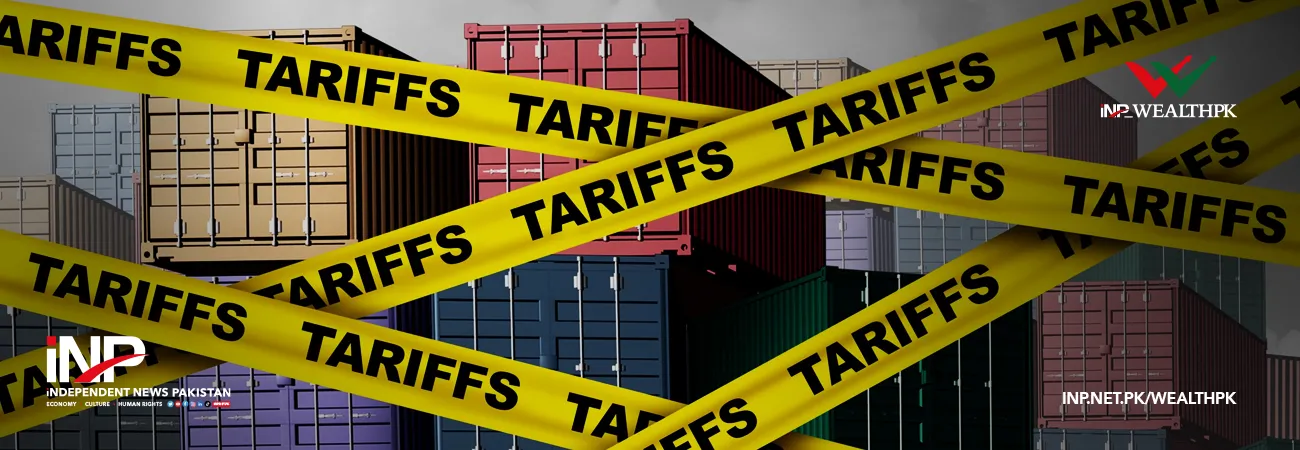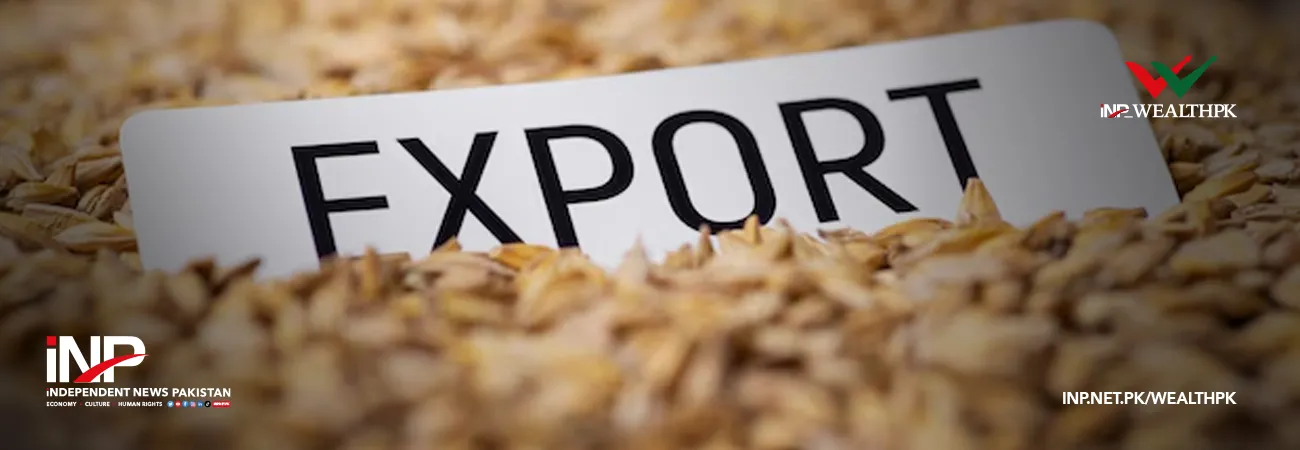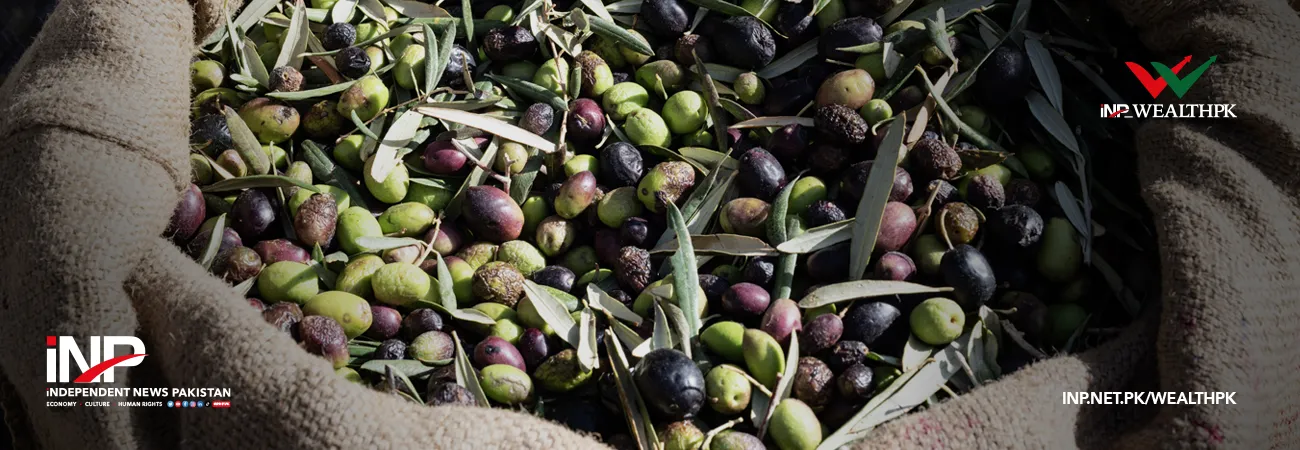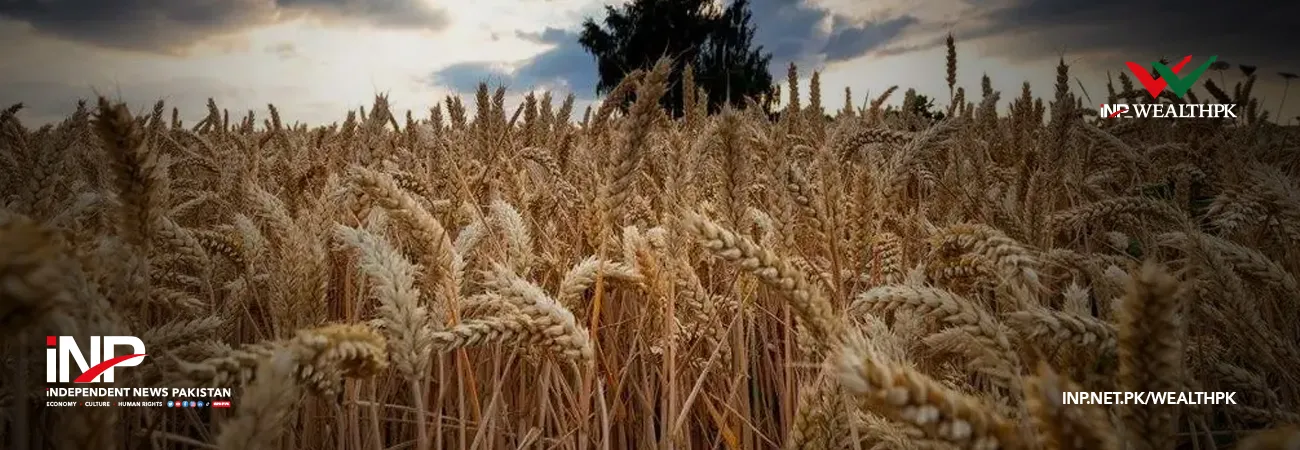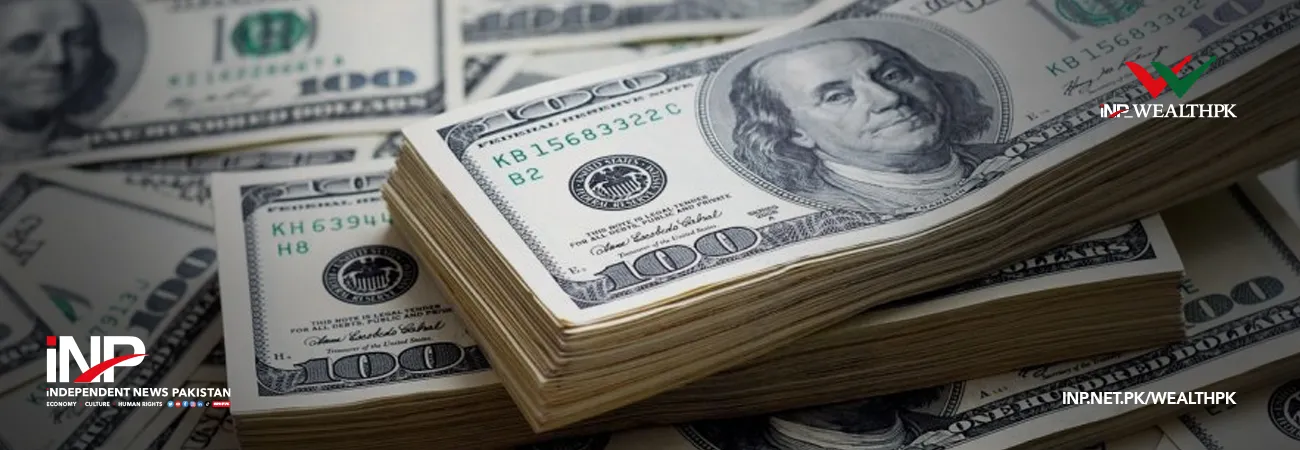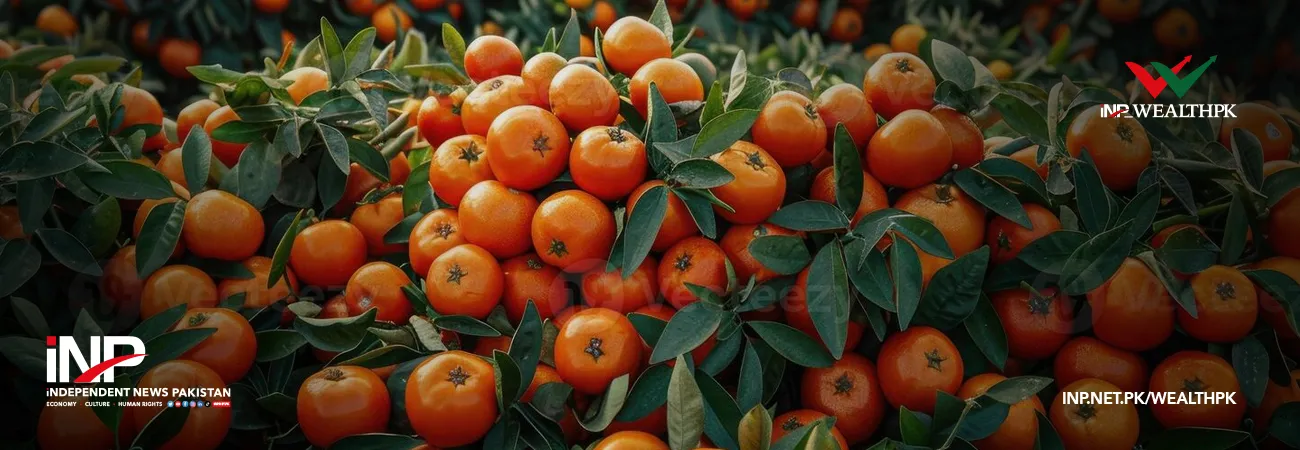INP-WealthPk
Amir Saeed
Pakistan’s reliance on low-value exports and limited market diversification weakens its trade competitiveness, necessitating structural reforms and a focus on value-added product development.
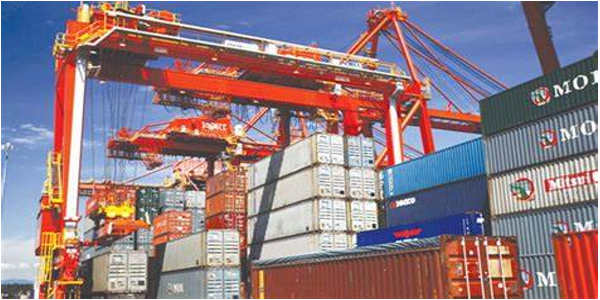
Talking to WealthPK, Uzma Aftab, a macroeconomic analyst at Policy Research and Advisory Council (PRAC), said that the US has imposed a 29% tariff on Pakistan — currently under a 90-day pause — which, although lower than those faced by other countries, may adversely affect export competitiveness, particularly in the textile sector.
“While the tariff shock for Pakistan may be less severe compared to other countries with higher tariffs, the broader economic vulnerability remains high. This is largely due to Pakistan's lack of export diversification and its dependency on a stable exchange rate. The US market accounts for 16.8% of Pakistan's total exports, yet Pakistan has been holding a mere 0.2% share in US imports since 2013, indicating a narrow export base and limited bargaining power,” she explained.
“It could be a blessing in disguise that Pakistan’s low share of exports in the US market has resulted in relatively lower tariffs compared to countries with a dominant share of US imports,” she added. “But its concentration in a single sector i.e. textiles, coupled with insufficient market diversification, renders the country’s export sector highly vulnerable to external shocks, particularly trade policy changes or global disruptions,” Uzma noted.
She added that structural inefficiencies and limited value-added product offerings hinder the country’s competitiveness in international markets. “To protect and enhance exports, Pakistan must negotiate more favourable trade agreements with the US and reduce its reliance on textiles.”
She suggested that a comprehensive strategy to move away from protectionism and focus on market diversification is essential. “Prioritising the export of value-added products and expanding beyond textiles and raw commodities will be critical for long-term economic resilience and to mitigate the impacts of future global trade disruptions.”
“In the absence of structural reforms, rising trade deficits will exert additional pressure on the exchange rate, resulting in higher import costs and exacerbating inflation. While declining oil prices may provide short-term relief, the risk of a global recession and ongoing trade tensions could undermine investor confidence,” the PRAC macroeconomic analyst noted.
Talking to WealthPK, Aatizaz Hussain, a development economic researcher at National Defence University (NDU), Islamabad, highlighted that Pakistan’s export challenges are deeply rooted in its failure to upgrade its export structure and foster innovation.
“The country continues to rely heavily on low-value, conventional products with minimal value addition, which limits its ability to penetrate new markets or improve export earnings.” “The export sector suffers from limited investment in research and development, inadequate incentives for innovation, and a lack of focus on quality enhancement.
This results in a stagnant export basket with little diversification, making Pakistan’s exports vulnerable to competition and external shocks,” he pointed out. Hussain argued that for the country to improve its global trade position, it must invest in emerging sectors, such as technology, pharmaceuticals, and engineering, and focus on meeting international quality standards.
“Building strong brands and expanding into value-added products are crucial steps to enhance competitiveness. Without such strategic shifts, the country’s exports will continue to struggle, leaving the economy exposed to global trade fluctuations and limiting sustainable growth,” he noted.
Credit: INP-WealthPk



